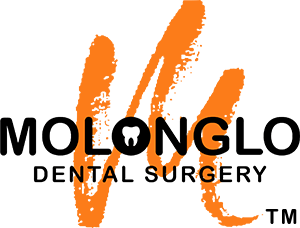Good oral hygiene is more than just brushing your teeth twice a day; it also involves flossing and using mouthwash to ensure your pearly whites remain healthy and bright. Neglecting your oral hygiene can lead to serious dental problems, including tooth decay and gum disease.
So, let’s brush up on the best practices for keeping our teeth and gums healthy and happy.
How to brush your teeth
To keep your teeth free of dental plaque, it’s essential to brush at least twice a day with a soft-bristled toothbrush and fluoride toothpaste.
Place the toothbrush at a 45-degree angle to the gum margin and use small circular, forward and backward, jiggling or vibrating motion over each tooth. Be sure to clean the chewing surfaces with a gentle scrubbing action.
Electric toothbrushes are a great alternative for those with limited manual dexterity, and modifying the handle of a manual toothbrush can improve your grip and control. Speak to your dental practitioner or an oral care therapist for advice on modified toothbrushes.
How long should you brush your teeth?
The Australian Dental Association (ADA) advocates for brushing your teeth twice a day for two minutes to maintain proper oral hygiene. However, a 2009 study shows that most people only brush their teeth for a mere 45 seconds, falling short of the recommended brushing time.
The study observed 47 individuals to understand the effect of brushing time on plaque removal. The findings revealed that extending brushing time from 45 seconds to two minutes can eliminate up to 26% more plaque.
It means that if you brush for less than two minutes, you may not be able to remove enough plaque from your teeth, leading to the build-up of harmful bacteria and ultimately tooth decay and gum disease.
So, it’s time to step up your brushing game and devote two minutes, twice a day, to maintain your pearly whites’ health.
How to floss teeth
Flossing your teeth at least once a day, before brushing, is essential for removing plaque and food debris. To floss correctly, take about 40cm of floss and wrap the ends around the second finger of each hand.
With one finger in your mouth, gently saw the floss between two teeth until it slips under the gum level. Wrap the floss around one tooth and use a wiping action to remove plaque and debris. Repeat the process around the mouth until all spaces between teeth are clean.
If traditional dental floss is not your thing, interdental or interproximal brushes can also clean the spaces between teeth. These tiny brushes resemble small bottlebrushes and are great for cleaning under bridge work, around crowns, and between the roots of teeth where gum recession has occurred.
The Lowdown on Mouthwashes
While mouthwashes should not replace regular toothbrushing and flossing, they can be useful for different purposes depending on their ingredients. Cosmetic mouthwashes are effective oral antiseptics that help remove oral debris, suppress bad breath, diminish bacteria in the mouth, and refresh the mouth with a pleasant taste. However, they should only be used for short periods of time.
On the other hand, therapeutic mouthwashes contain an added active ingredient that helps protect against oral diseases. Your dental practitioner may recommend specific mouthwashes for certain oral conditions or for those who can’t brush effectively due to physical impairments or medical reasons.
In conclusion, practicing good oral hygiene with regular toothbrushing and flossing is vital for protecting your teeth from decay and gum disease. So, let’s make sure to keep our smiles healthy and bright with proper oral hygiene practices.
It is crucial to maintain regular checkups with your Canberra dentist at Molonglo Dental Surgery, who can monitor the development of your teeth and help you maintain a healthy set of teeth and gums.
To book an appointment with our Friendly Dentist in Molonglo Valley, Canberra. Contact Molonglo Dental Surgery at 02 6287 1222.



